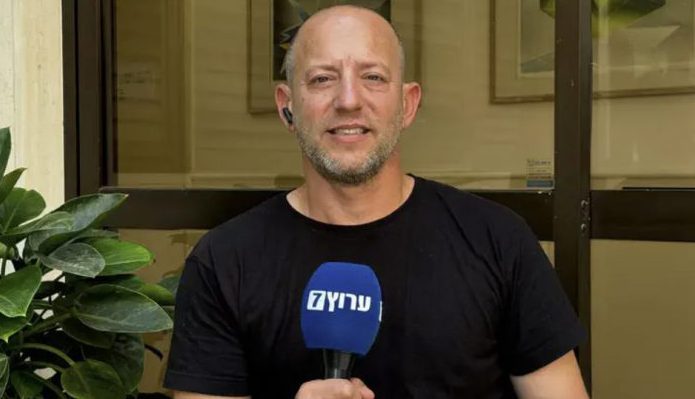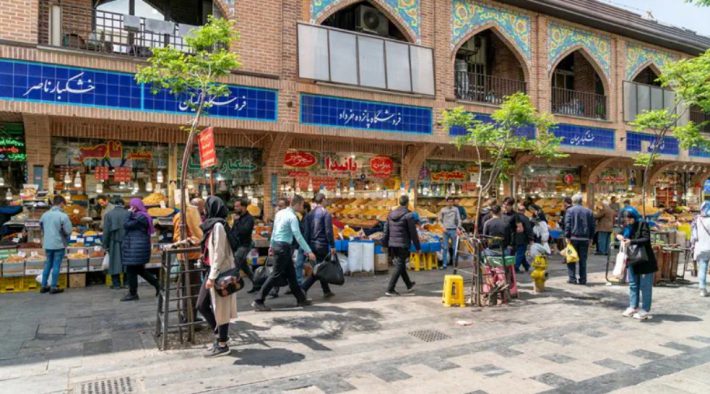The military has begun operating in areas in the center of the Gaza Strip where it has not yet operated, and due to concerns about the lives of hostages, is exercising extreme caution in destroying terrorist routes.
In recent days, the Israel Defense Forces have ramped up their combat operations in key areas of the Gaza Strip, especially in Jabaliya and Khan Younis, according to military reporter Nir Dvori.
The troops are advancing into previously unentered zones, where the primary threats are booby‑trapped buildings and potential close‑quarters encounters with militants hiding within civilian populations.
Tragically, last weekend, four soldiers were killed when a booby‑trapped structure collapsed during military action in Jabalia. The fallen include Sergeant First Class (Res.) Tom Rotstein, Staff Sgt. Uri Yhonatan Cohen, Res. Maj. (Res.) Chen Gross, and Staff Sgt. Yoav Raver.
The IDF is currently investigating the incident to determine why the explosive device went undetected. Nonetheless, they stress that, in most cases—even at the cost of hindering operational momentum—the preferred tactic is to demolish buildings from the outside to minimize risk to soldiers and avoid the dangers of entering suspected terror sites.
When asked why the building wasn’t struck from the air, IDF Spokesperson Brig. Gen. Effie Defrin responded: “The IDF is acting with strength and progress, and achieving many successes. We follow a consistent and systematic method. Hamas uses guerrilla-style booby‑traps. We employ various techniques to counter these devices. Each incident is investigated, and we learn and improve from every event.”
He added: “Sometimes, there’s no alternative but to clear terrorist infrastructure like tunnels, and we have to do it. We use all available methods.”In recent days, the Israel Defense Forces have ramped up their combat operations in key areas of the Gaza Strip, especially in Jabaliya and Khan Younis, according to military reporter Nir Dvori.
The troops are advancing into previously unentered zones, where the primary threats are booby‑trapped buildings and potential close‑quarters encounters with militants hiding within civilian populations.
Tragically, last weekend, four soldiers were killed when a booby‑trapped structure collapsed during military action in Jabalia. The fallen include Sergeant First Class (Res.) Tom Rotstein, Staff Sgt. Uri Yhonatan Cohen, Res. Maj. (Res.) Chen Gross, and Staff Sgt. Yoav Raver.
The IDF is currently investigating the incident to determine why the explosive device went undetected. Nonetheless, they stress that, in most cases—even at the cost of hindering operational momentum—the preferred tactic is to demolish buildings from the outside to minimize risk to soldiers and avoid the dangers of entering suspected terror sites.
When asked why the building wasn’t struck from the air, IDF Spokesperson Brig. Gen. Effie Defrin responded: “The IDF is acting with strength and progress, and achieving many successes. We follow a consistent and systematic method. Hamas uses guerrilla-style booby‑traps. We employ various techniques to counter these devices. Each incident is investigated, and we learn and improve from every event.”
He added: “Sometimes, there’s no alternative but to clear terrorist infrastructure like tunnels, and we have to do it. We use all available methods.”





